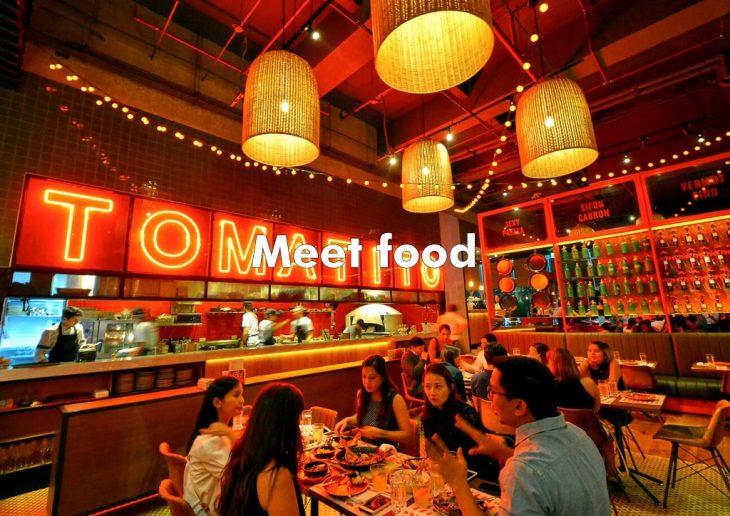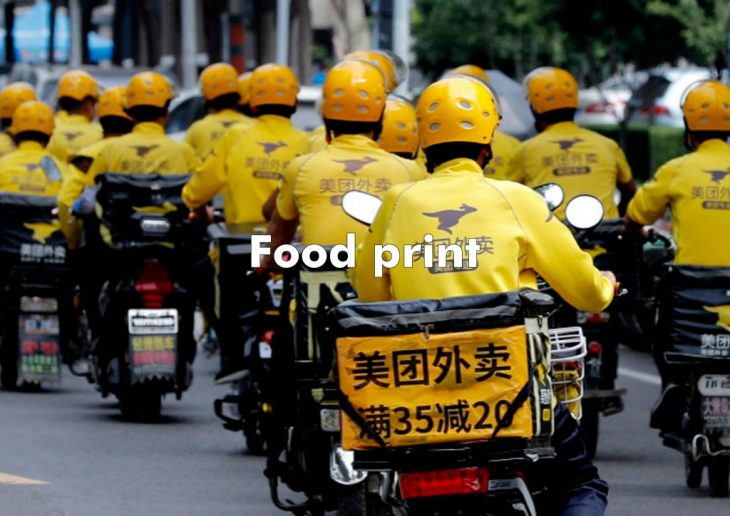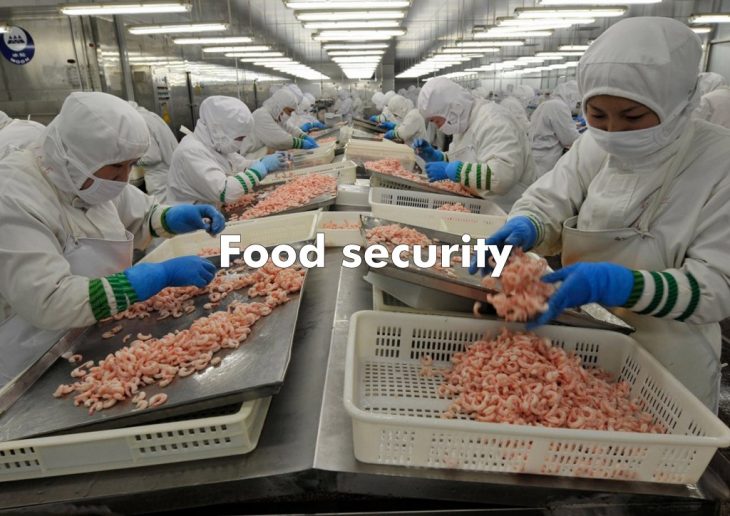DATA CITY
TUTORS: Pablo Martinez & Mar Santamaria, 300.000Km/s
Feeding a 24 million city: Capturing, managing and analysing data to address urban food challenges

The way we feed ourselves has an impact on our health but also on our urban environment. Traditionally, food production took place in and around the city itself, establishing a balanced relationship between city and territory. Today, changes in eating habits (increased consumption of prepared food and fast food, higher food intake) have made the food footprint of a city to be considered worldwide. These same changes are also affecting the city internally. Technology-driven delivery services are changing the relations between food production (restaurant) and consumers and causing a severe impact on mobility.

During the seminar, we will address the challenge of how to feed a city using as a case study Shanghai, a 24 million inhabitants metropolis facing food scarcity, food inflation and food security problems. By means of data analysis, the students will be able to approach an unfamiliar context and measure the impacts generated by various phenomena related to food.

The students will work with different tools that will allow them to analyze and extract meaningful information from large amounts of urban data. We will address the process of capturing data (digital data acquisition) and interpreting the information using diverse data sources with the ultimate aim of developing an open project that responds to the identified challenges.

Concepts
At the end of the seminar, the student will be familiar with:
– Working with databases.
– Big data analysis.
– Gathering information (digital acquisition).
– Cartographical representation (using Open GIS).
– Spatial and temporal aggregation.
– Mathematical analysis vs graphical analysis.
– Data contextualization.
– Identification of Patterns vs exception.
– Mash-up and complementary data.
– On-site verification and reinterpretation.